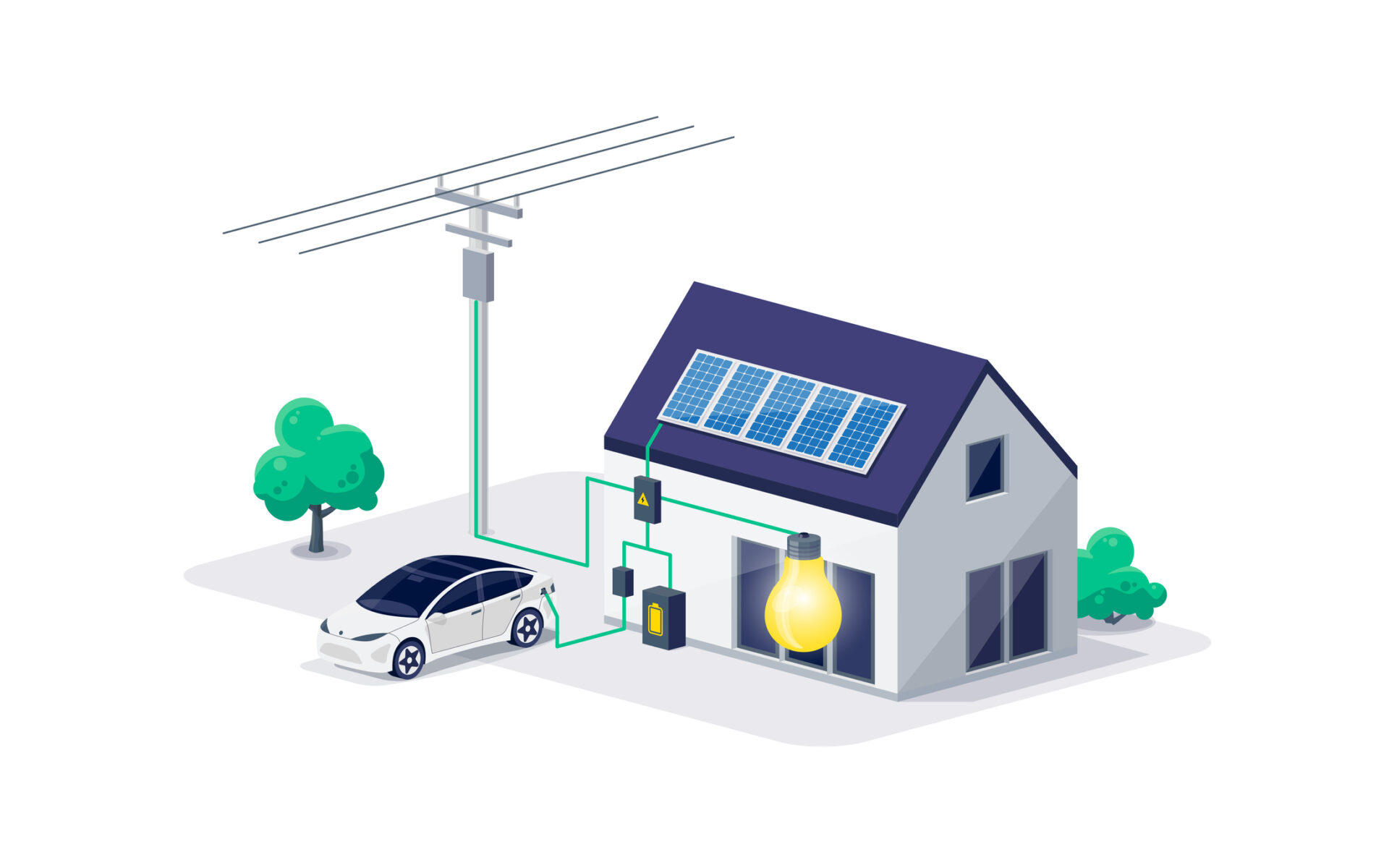Introduction:
The integration of electric vehicle (EV) charging and home solar parks has emerged as a promising solution to optimize energy consumption patterns. We have observed this firsthand through our analysis of customer consumption patterns. Recognizing the growing demand for EV charging solutions, we successfully incorporated EV charging into our existing MarkeDroid virtual power plant service. However, a key challenge emerged: the inexpensive energy stored for household use was being utilized for EV charging, resulting in higher electricity costs later from the grid. To address this issue, we implemented our new EV charging model to orchestrate the home virtual power plant, ultimately maximizing return on investment (ROI). As a result, MarkeDroid customers have achieved a remarkable +50% ROI without the integration of EV chargers. Considering that EV charging can account for up to 50% of home energy consumption, we anticipate further improvements in ROI.
The Synergy between EVs and Home Solar Parks:
Electric vehicles and home solar parks go hand in hand when it comes to sustainable energy solutions. Homeowners who invest in solar panels benefit from reduced reliance on the grid, as they generate their own clean energy. The excess energy produced can be stored in batteries or fed back into the grid. With the rising popularity of EVs, integrating EV charging capabilities with home solar systems offers numerous advantages.
The Challenge:
A common challenge faced by homeowners with EVs and solar panels is the optimal utilization of stored energy. Without effective management, the electricity stored for home use is often drawn upon for EV charging. Consequently, homeowners end up consuming expensive grid electricity during peak hours, diminishing the cost-saving benefits of solar power. To overcome this challenge, we recognized the need for an intelligent solution that would prioritize the allocation of energy resources.
Introducing AI Logic into EV Charging:
To tackle the problem of home storage being drained by EV charging, we developed a logic for EV charging within our MarkeDroid virtual power plant service. By incorporating this logic, we were able to optimize the use of stored energy and eliminate the risk of draining your home battery into your EV and leaving home without an energy source for more expensive price times. Now you can take full advantage of cheap grid times to charge your EV while automatically not draining your home storage.
Maximizing ROI through Integration:
The integration of EV charging with the MarkeDroid virtual power plant service has proven to be a game-changer for our customers. By leveraging the AI logic, homeowners can now achieve a higher ROI. Previously, without EV charger integration, our customers achieved a remarkable +50% ROI. As EV charging can account for a significant portion of home energy consumption (up to 50% in some cases), we anticipate even further improvements in ROI as a result of this integration.
Conclusion:
The integration of EV charging capabilities with home solar parks presents a compelling solution for households seeking to maximize their return on investment and reduce their carbon footprint. The utilization of MarkeDroid virtual power plant service has successfully addressed the challenge of inefficient energy consumption. By prioritizing the use of stored energy for household consumption and optimizing EV charging strategies, homeowners can unlock greater cost savings and enhance the sustainability of their energy usage. As the adoption of EVs continues to grow, the synergy between EVs and home solar parks will play a vital role in shaping the future of sustainable energy systems


No responses yet